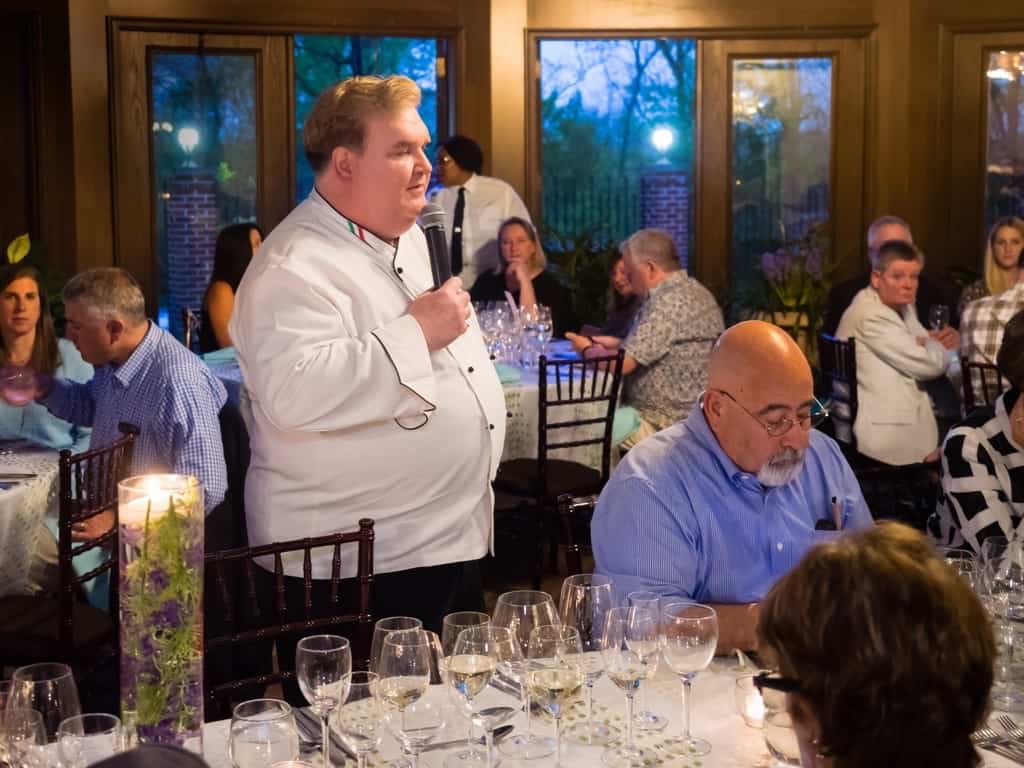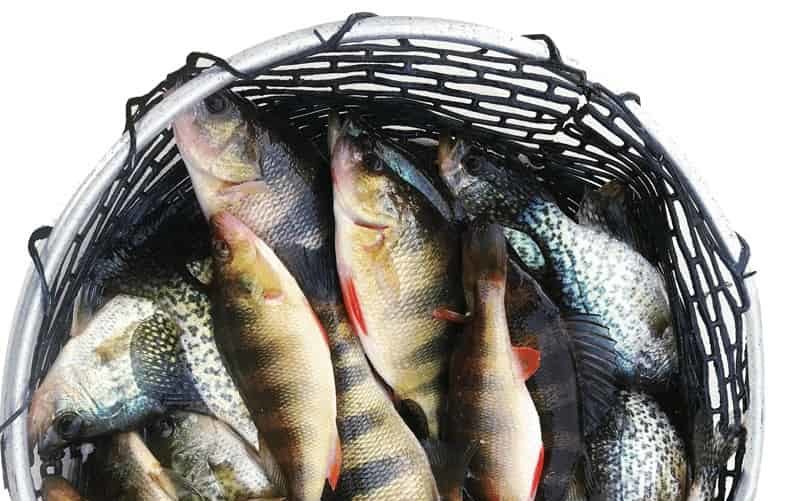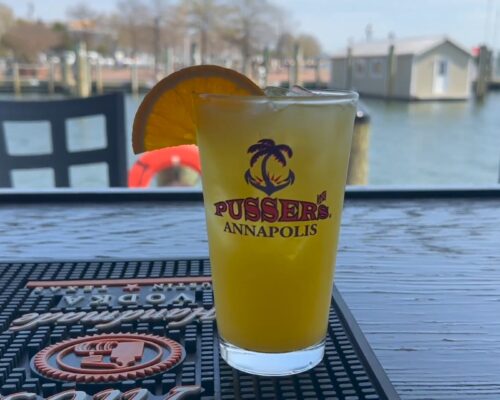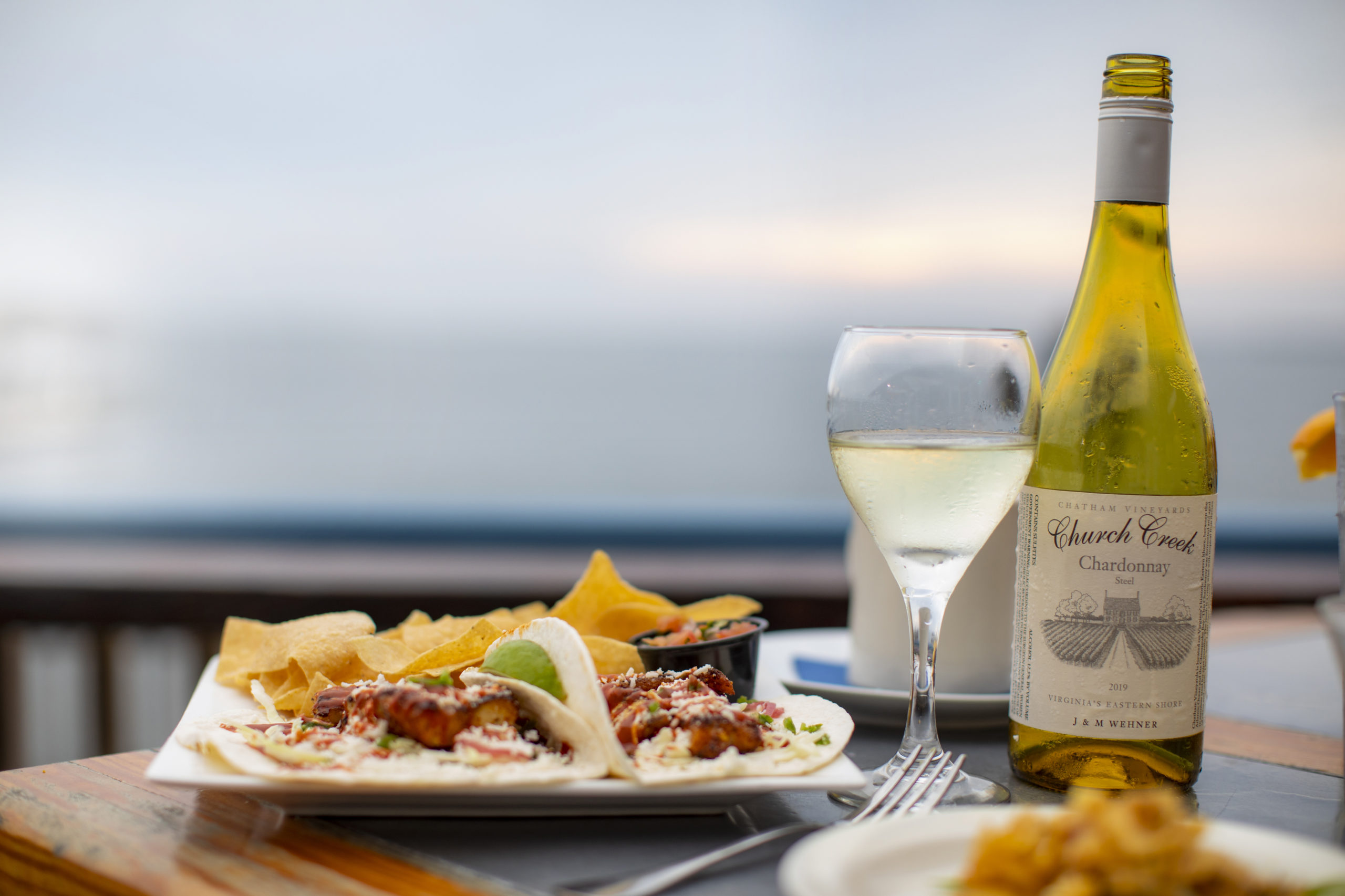Coastal Conservation and great food go together in an extraordinary seating at the Gramercy Mansion.
Chef Jerry Edwards’ passion for food and wine is infectious. He also shares the Coastal Conservation Association’s (CCA) dedication to conserving and enhancing sustainable natural resources. When he reached out to the CCA about hosting an evening of wine and Bay-to-table pairings, we leaped at the prospects.
We discussed sheepshead, a reef-oriented fish that thrived in the Bay during the oyster heydays from colonial times until the collapse in the 1990s. Now, with the rise of oyster farming in the Bay, we can rave about home-grown options. Meanwhile, there’s a silver lining to the explosion of the invasive blue catfish population: They are delicious. As we talked, we drifted to web-footed prospects such as Maryland’s canvas back ducks and the habitat improvements needed to support them, and enjoy them on plates.
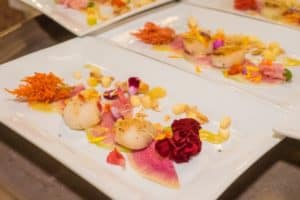
From this conversation, Edwards created a menu that included all of the above—in unconventional ways—but with all the flavor, comfort, and nostalgia, paired with excellent, curated wines.
We invited notable diners and conservationists to the Gramercy Mansion near Stevenson, Maryland, just outside of Baltimore’s evening luminance. Thus, began a night of amazing food for a full house as the chef introduced each course and poured the wine for the offerings. Meanwhile, we rose to talk about the importance of advocacy, careful fish population management, and habitat improvement—the three legs of conservation. In the end, we were refreshed in our shared mission to protect and enjoy the benefits of a robust meal, delightful evening, and a healthy Chesapeake Bay.
We asked Chef Jerry Edwards:
CBM: What is essential to preparing seafood?
Chef: Fish is delicate and needs delicate seasoning, but full flavor must be there. So, nothing bland. But the sauces and the preparation should be on the delicate side. For example, I don’t use black pepper with white fish, only white pepper, which is a little spicy but lighter in flavor.
CBM: Why is local seafood important to you, and does that apply only
to seafood?
Chef: The use of local ingredients is as old as time. If you travel to Europe, you will find that most foods are local and local wines are served with them. Of course, there is a negative impact that shipping around the world has on the environment, but the truth is, if it’s local, it is fresher. In addition to that, understanding the locality of the food, allows you to better understand what flavors it will produce. For instance, when buying oysters, you can learn a lot of their flavor profile from the waters they come from.
Mid-Atlantic sea scallops with toasted almond and red apple streusel, 2015 Balo pinot gris
Pan-roasted Chesapeake sheepshead with carrot beurre blanc, grilled and smoked baby vegetables, 2017 La Bella Siciliana
Poached duck egg with roasted puree of celeriac, grated parmesan cloud, 2017 Oxford Landing chardonnay
Duck pastrami with dried cherry mustard, crispy pear slaw, 2015 Emile Beyer pinot noir
Salted caramel custard with walnut crunchy bits and H.M. Borges 2005 tinta negra Madeira
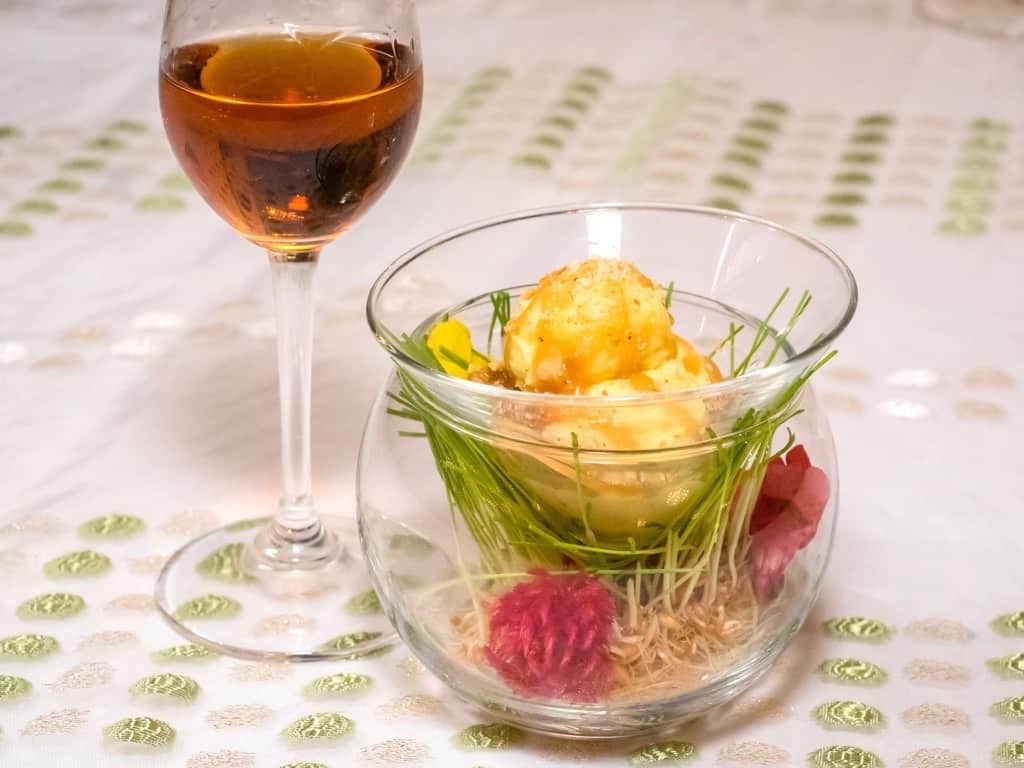
CBM: How do you pair the wine with the plate?
Chef: When we taste a wine, we want to either complement the wine by having similar flavors in the food choices or contrast the wines having textural differences work together. For example, a wine that tastes of pineapple, may pair well with sauce that highlights tropical flavors. A wine high in acidity or crispness, would contrast well with a rich creamy sauce.
The real key to serving 130 guests seafood that is hot and tasty is timing. Fish does not hold very well, so exact timing in the kitchen is crucial. You can’t cook in advance. You must plate the fish as soon as it is the perfect doneness. Proper cooking techniques are also important to release the optimum flavor from different kinds of fish.
CBM: Tell us about the Gramercy Mansion Wine Dinners?
Chef: These suppers are an excellent way to experience a night of great wines, carefully paired food courses, and cultural enlightenment and awareness with old and new friends. You are seated at a table of eight, and we serve five courses, each paired with an amazing wine.
CBM: How do you plan the dinner?
Chef: In order for us to create the menu, we taste the wines four or five weeks in advance, and we analyze each wine for its smell, flavor, texture, and finish. Then we design a recipe around the wine, being careful to match the flavor and texture of the wine with the ingredients that will highlight the pairing. We also are very careful with the timing and the service elements of the evening. The entire team is schooled on the wines, the food, and the timing of the evening.
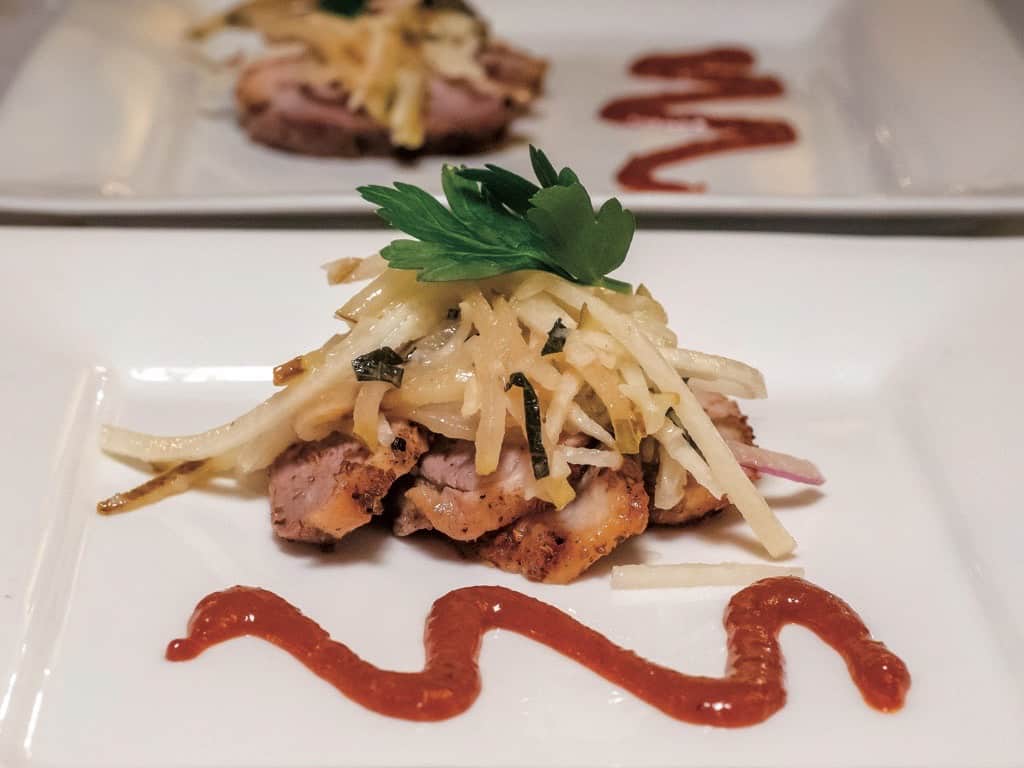
Duck Pastrami for Seven
Ingredients
The Cure
- 1/4 cup Kosher salt
- 2 tsp ground black pepper
- 2 tsp ground coriander
- 2 tsp dark brown sugar
- 1 tsp ground juniper berries
- 1/2 tsp ground ginger
- 1/2 tsp granulated garlic
- 1/2 tsp ground cloves
- 4 lbs skin-on boneless duck breast
The Rub
- The Rub
- 3 Tbsp ground black pepper
- 11/2 Tbsp ground coriander seed
- 2 tsp ground juniper berries
- 1/2 tsp granulated garlic
Curing
3 days before prepping:
In a small bowl, mix together salt, pepper, coriander, brown sugar, juniper berries, ginger, garlic, and cloves. Coat duck breasts entirely and place in a large resealable plastic bag. Store in the coldest part of the refrigerator for 72 hours, flipping bag twice a day. Remove breasts from bag and wash as much cure off as possible under cold running water. Place breasts in a large container and fill with water and let soak for 2 hours, replacing water every 30 minutes. Remove from water and pat dry with paper towels.
Rubbing
Mix together black pepper, coriander, juniper berries, and garlic in a small bowl. Coat duck breasts entirely with rub.
Cooking
Grill over chunks of smoking wood, keeping meat rare. Slice and serve.
Champagne Cherry Mustard
- 2⁄3 cup Coleman’s dry mustard
- 1 cup sugar
- 3 eggs
- 2⁄3 cup champagne vinegar
- 1 cup dried cherries
- 1 cup Champagne or sparkling wine
Heat the Champagne and steep the cherries in the hot liquid. Pour off the liquid.
Mix mustard, cherries and sugar. Add the eggs one at a time, beating well.
Gradually add the vinegar and mix well.
Microwave for 2 minutes, covered. Take out and stir.
Cook 2 minutes more.
Purée in blender.
The Slaw
Julienned pears and jicama with a rice wine and honey vinaigrette and a touch of cumin seed.

